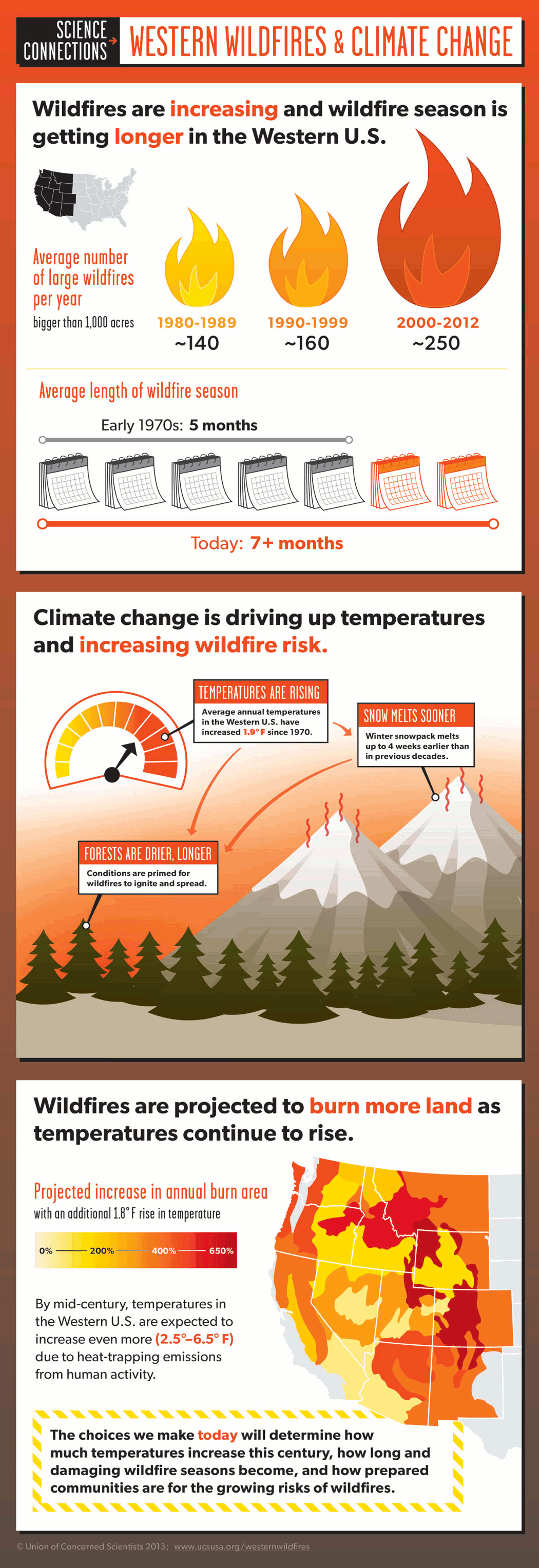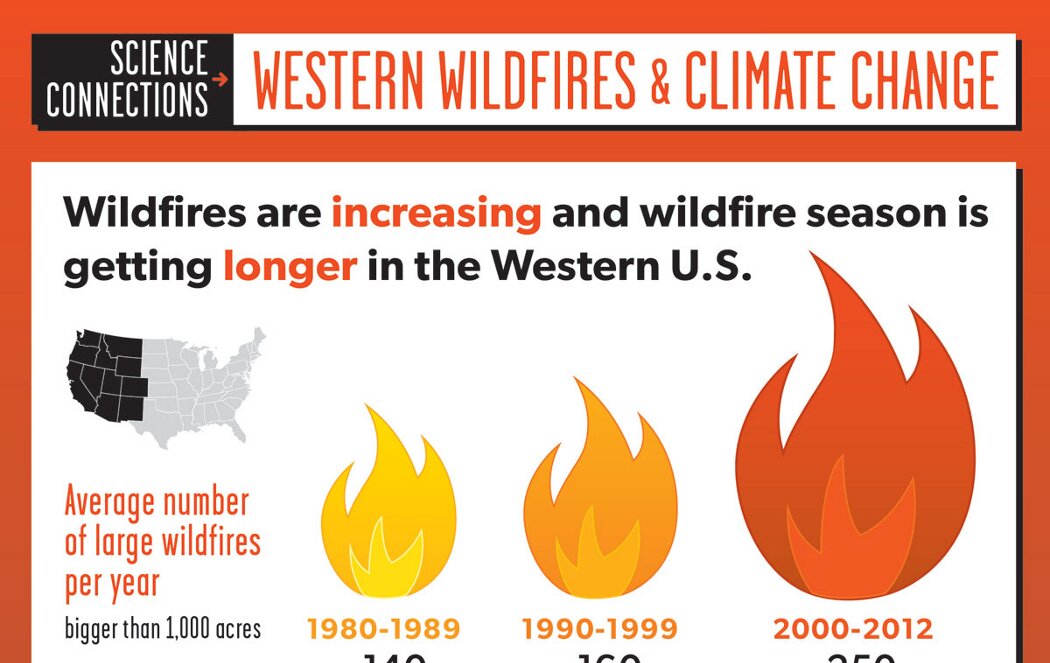Climate Change and Wildfires

The effects of climate change are indeed unstoppable. No region is immune to this global phenomenon. That is why everyone should be aware of the possible effects it draws, for example, read articles while finding them on the Internet, or contact topwritingservice.com, asking to conduct research on a specific topic, or even ask the community to hold certain educational meetings. Even the highly developed United States won’t be spared for the extreme natural effects presented by climate change. Western US is one of the US regions to be greatly affected. This is with western wildfires and climate change.
Increasing Occurrences
There are an increasing number of wildfire occurrences in Western US, while wildfire season is becoming longer within the area than its usual. Before the average number of huge wild fires every year is wider than 1,000 acres. From the years between 1980 and 1989, the average occurrence is 140, while in years between 1990 and 1999 it is 160. But then, this greatly increased from year 2000 to 2012 having 250.
Length of Season
The length of the wildfire season has also been greatly affected. During the early 1970’s, the average length of wildfire season is around five months. But then, this greatly changed with more than 7 months of the season’s length. This length is primarily due to the increasing level of climate change, which further warms the areas within the Western US. The climate change is drawing up the temperatures and raising the risks of wildfire. The level of temperatures is rising. The average temperatures per year within the area of Western US have greatly increased to 1.9oF ever since the year 1970. The length of snow melts has also been affected, allowing it to become sooner. Such snowpack is melting the maximum of four weeks earlier as compared to the previous decades. The forests have also been affected with climate change, which makes them drier with longer wildfires. The conditions are in position for wildfires to spread and ignite.
The Spread of Disaster
Another threatening occurrence is the projected spreading of land being burned by wildfires. This is should temperatures continuously increase. There is already an expected increase within the yearly burn area with the added 1.8oF increase in temperature. By the middle of the century, temperatures within the areas of Western US are anticipated to rise even higher ranging from 2.5oF up to 6.5oF because of the heat trapping emissions owing to different related human activities.
The anticipated increase within the yearly burn area may differ depending on the form of ecosystem. There are higher temperatures expected to give impact to particular ecosystems, like the central Colorado’s Southern Rocky Mountain Steppe Forest. This ecosystem will be more affected as compared to others, such as the desert and the semi-desert of California and southern Arizona. However, each form of ecosystem is anticipated to experience a rise in the average yearly burn area.
Temperature Changes
The range of estimated increases in temperature within the Western US in mid-century (from 2040 to 2070) displays an option of 2 possible futures. One in which people will greatly reduce heat trapping emissions and two on which people persist with the “usual business”.
The choice people make today will identify the century’s level of temperatures increase, the length and risks of wildfire season and the preparation of the communities for the developing dangers of wildfires.

